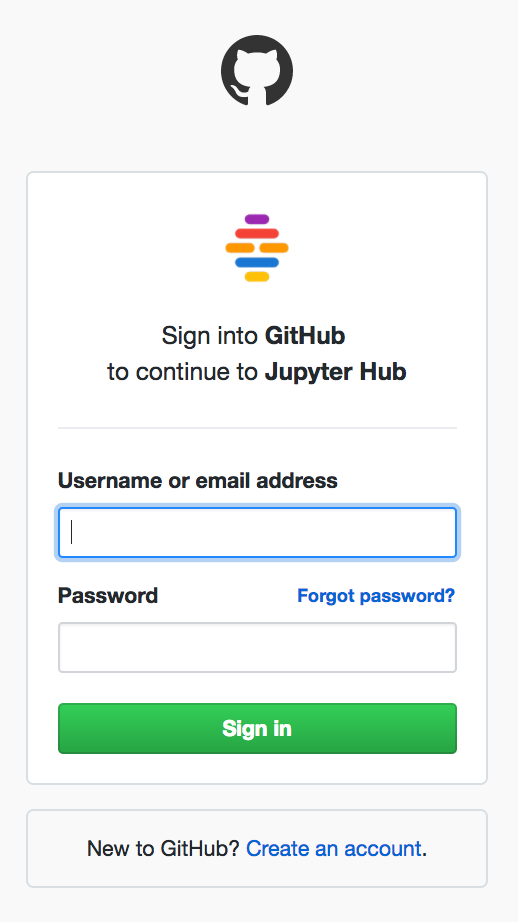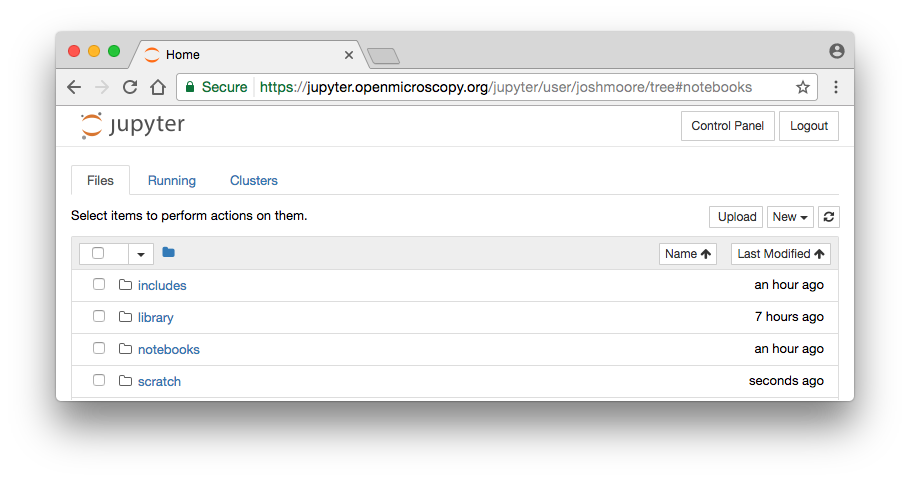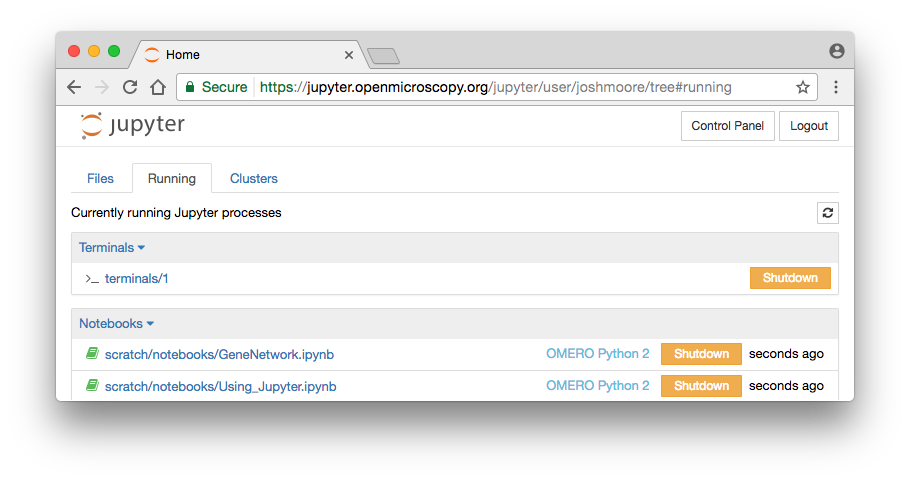OMERO Python 2
Trusted
- File
- Edit
- Cut Cells
- Copy Cells
- Paste Cells Above
- Paste Cells Below
- Paste Cells & Replace
- Delete Cells
- Undo Delete Cells
- Split Cell
- Merge Cell Above
- Merge Cell Below
- Move Cell Up
- Move Cell Down
- Edit Notebook Metadata
- Find and Replace
- Cut Cell Attachments
- Copy Cell Attachments
- Paste Cell Attachments
- Insert Image
- View
- Insert
- Cell
- Kernel
- Widgets
- Help




